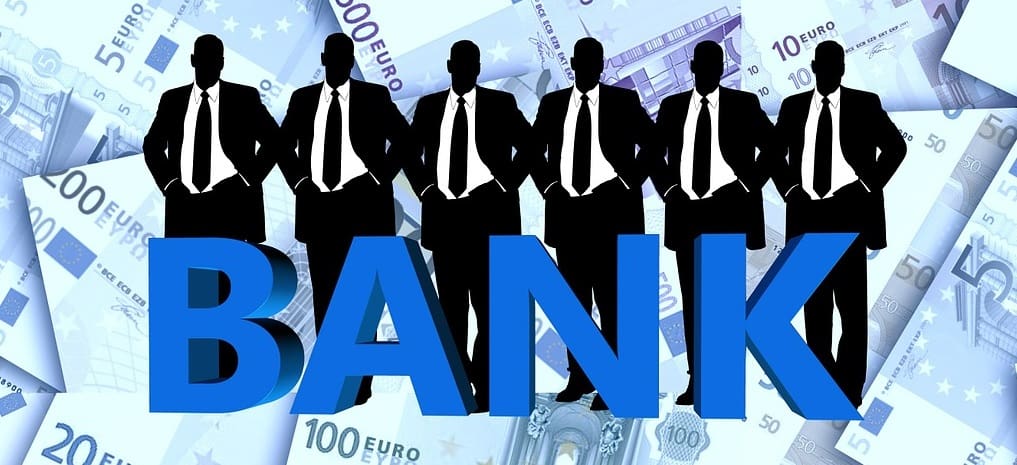The relationship between banker and customer is one of the most mutual relationships in the world. Both of them can’t thrive without each other. Now, customers are of many types. Regular customers like you and me, brokers, one-second party bank, etc.
In India, banks give a big contribution to making our economy thrive. Our country isn’t ruined by politicians, entrepreneurs, or the government. It is run by the customers who work and pay taxes regularly and contribute to the country’s progress. Both bankers and customers are two of the most important wheels of our society.
Ladies and gentlemen, this article is meant to explain the different types of relationship between banker and customer to even a 6-year-old. So if that sounds interesting, let’s hop into it.

First, let us clear the very definition of a banker and a customer:
What is a Customer?
Any person who holds a genuine bank account and wants to use it for transactions, loans, or any sort of bank service is a Customer.
What is a Banker?
A banker is that employee of the bank who legally provides its customer with his/her desired bank service is a Banker.
Relationship Between Banker And Customer:
The relationship between these two is like two different friends with absolute mutualism. Nothing here is Black And White. All the transactions take place in the grey area. Now the different types of this relationship totally depend on the type of customer and the service he/she demands.
Also Read: Dissolution Of Partnership Firm – Settlement & Modes
Types Of Relationship Between Banker And Customers:
At a very gross level, these relationships have 2 types:
1.General Relationship:
General Relationship consists of the possible services that a banker provides to a customer.
2. Special Relationship:
Special Relationship consists of the obligation and the customer instructions to the banker. We are going to discuss both the relationships in the upcoming sections.
General Relationship Between Banker And Customer:
This type boils down to 6 different sub-types of mutual correlations.
1)Debtor And Creditor Relationship:
A creditor is a person who provides a loan to a customer. The one who is receiving the loan is called a debtor i.e., a customer.
Case 1: Suppose Harshad took a loan of Rs 1 lakh from the State Bank Of India(SBI). Here Harshad will be considered as a debtor, and SBI will be considered as a creditor.
Case 2: Suppose Harshad has a Credit Balance account in SBI. He credited Rs 1 lakh to SBI, so here Harshad is a creditor, and SBI is a debtor.

2) Trustee And Beneficiary Relationship:
When a bank provides a loan in exchange for a customer’s pledge to give a document/valuable asset for security, the banker is considered a trustee, and the customer who receives the loan is called a beneficiary.
Suppose SBI gave Harshad a loan of Rs 1L by accepting his gold. Here, SBI is the Trustee, and Harshad is the beneficiary. This takes the relationship between banker and customer to the grey area.
3)Principal And Agent:
Harshad bought a new car last week. Harshad approached the SBI to credit a sum of Rs 20,000 to Lexus company as EMI from his bank account.
Also, Harshad’s son receives a stipend of Rs 5,000 as a scholarship for his post-graduation. SBI receives Rs 5,000 and stores it in Harshad’s bank account. Here, SBI is handling Harshad’s transaction of his bank account. So the SBI is acting as an Agent and Harshad as Principal.
This relationship between banker and customer makes EMI and interest payments way easier.
4) Lesser And Lessee:
Harshad hired a safe locker from the SBI to deposit money. SBI gave Harshad the locker, and he deposits money regularly in it. Here SBI is the lesser, and Harshad is the lessee.
5)Bailor And Bailee:
First, know this: A contract where a customer gives the banker a valuable asset or any sort of goods for a specific period of time (not for possession) is called a Bailment.
Harshad gave SBI his Rolex watch for 6 months. For 6 months, the Rolex will be taken care of by the SBI. Here Harshad becomes the Bailor, and the SBI becomes the Bailee.
6) Advisor and Client:
Harshad’s brother Ashwin is an investor. Ashwin, too has a bank account in SBI. SBI advises Ashwin regularly about schemes, PSU bonds to invest in which he has a greater chance of making a profit.
Needless to say that SBI acts as an advisor and Ashwin as a client. The relationship between banker and customer is of Ashwin And SBI here.
General relationships are all about the various options through which a banker can provide a customer.
Also Read:Role of Capital Market in India
Special Relationship Between Banker and Customer:
1) Obligation Of the Banker To Honour Checks:
The banker of a particular bank is under a full obligation to provide the cheque of the customer equivalent to the sum of money present in his/her bank or less.
There are some obligations that the customer also shall respect. All the rules and regularities which need to be followed are already written in the Account Opening form, which is to be filled while opening a new bank account. No irregularities are tolerated if the banker refuses to provide the cheque to the customer. The relationship between banker and customer is trust-based.

2) Obligation Of Banker to Maintain Confidentiality:
The banker is under full obligation to keep the information like account number, bank balance, and every sensitive information safe and secure. Giving the information into the wrong hands may prove to be harmful to the customer.
Although the information is needed to be confidential, the government authorities have a full right to look into the bank accounts of a customer if needed. This makes the relationship between bankers and customers safer.
3) Obligation Of Banker To Maintain Records:
It is the duty of a banker to maintain all the records of the transitions, deposits, loans, and investments done by a customer. The records are needed to be clear and genuine. Any irregularities if the records may prove to be legal trouble for the customer and banker too.

Financial literacy is one of the key elements that every individual need to have. Unfortunately, our education system doesn’t undertake Financial Literacy as a subject. Banking is one of the mandatory practices that every individual needs to learn. The above article is intended to explain the basic rights and the relationship between banker and customer. The language is kept as simple as possible to explain the concept from scratch.
